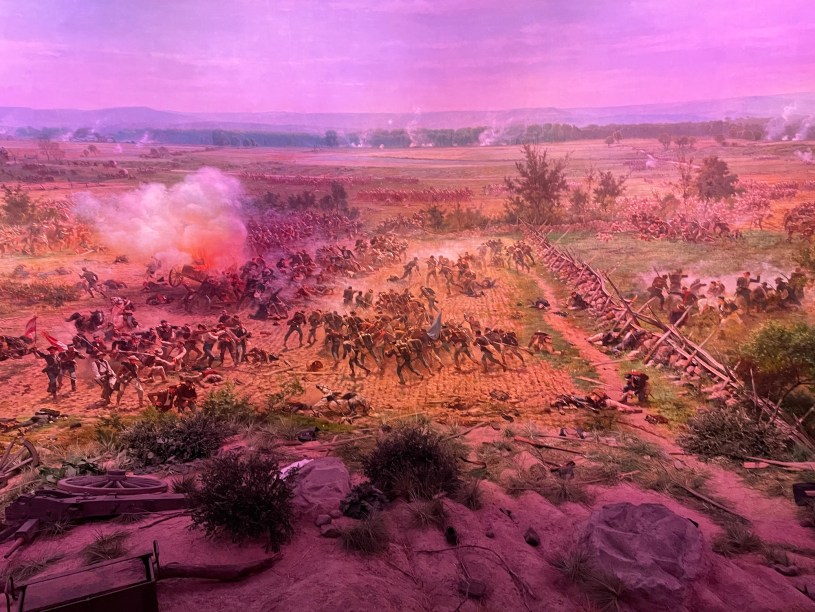The cyclorama at Gettysburg is one of the few remaining examples of this form of entertainment that was once so popular that most cities had at least one, sometimes several. Today, there are only two Victorian cycloramas left in North America: Gettysburg and Atlanta, with an additional, slightly older painting at the Metropolitan Museum in New York. There is one in Quebec that is currently closed and looking for a buyer (any takers?), and a few in Europe and Asia.
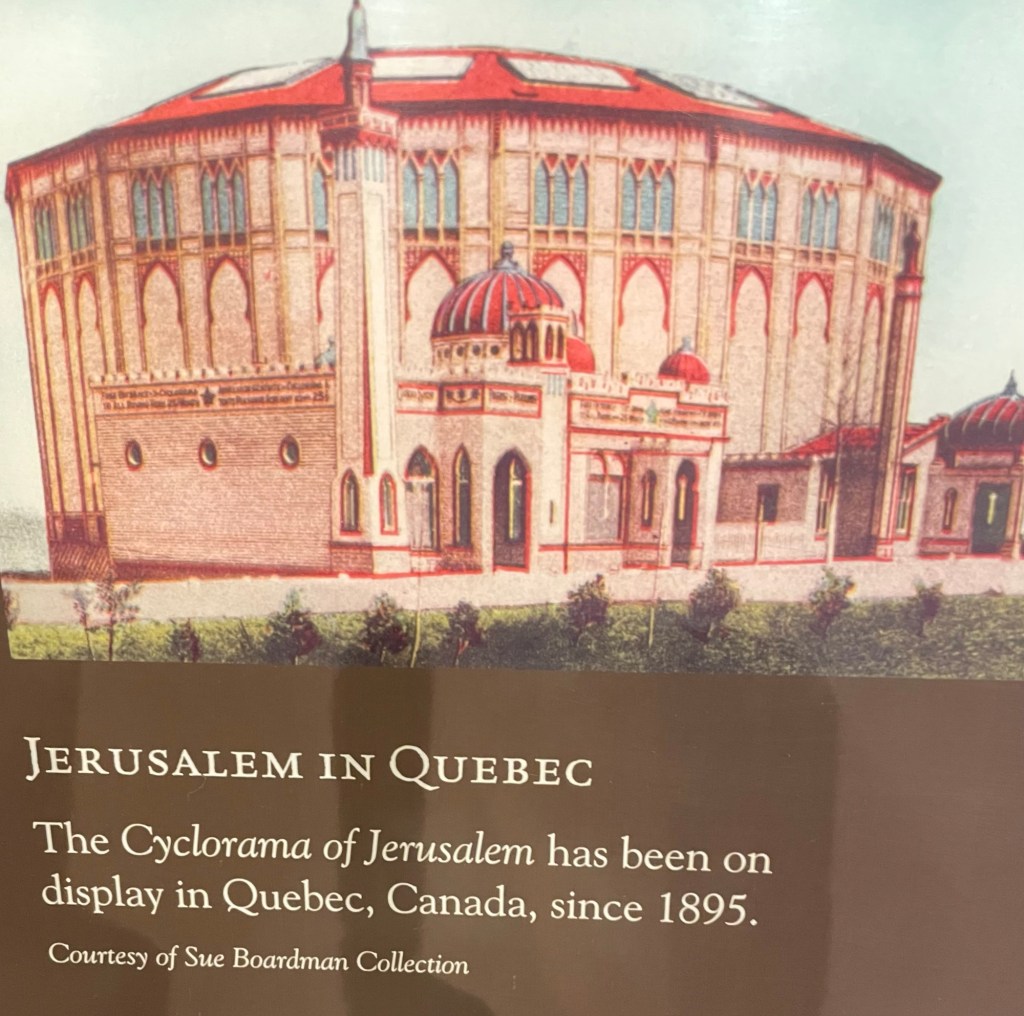
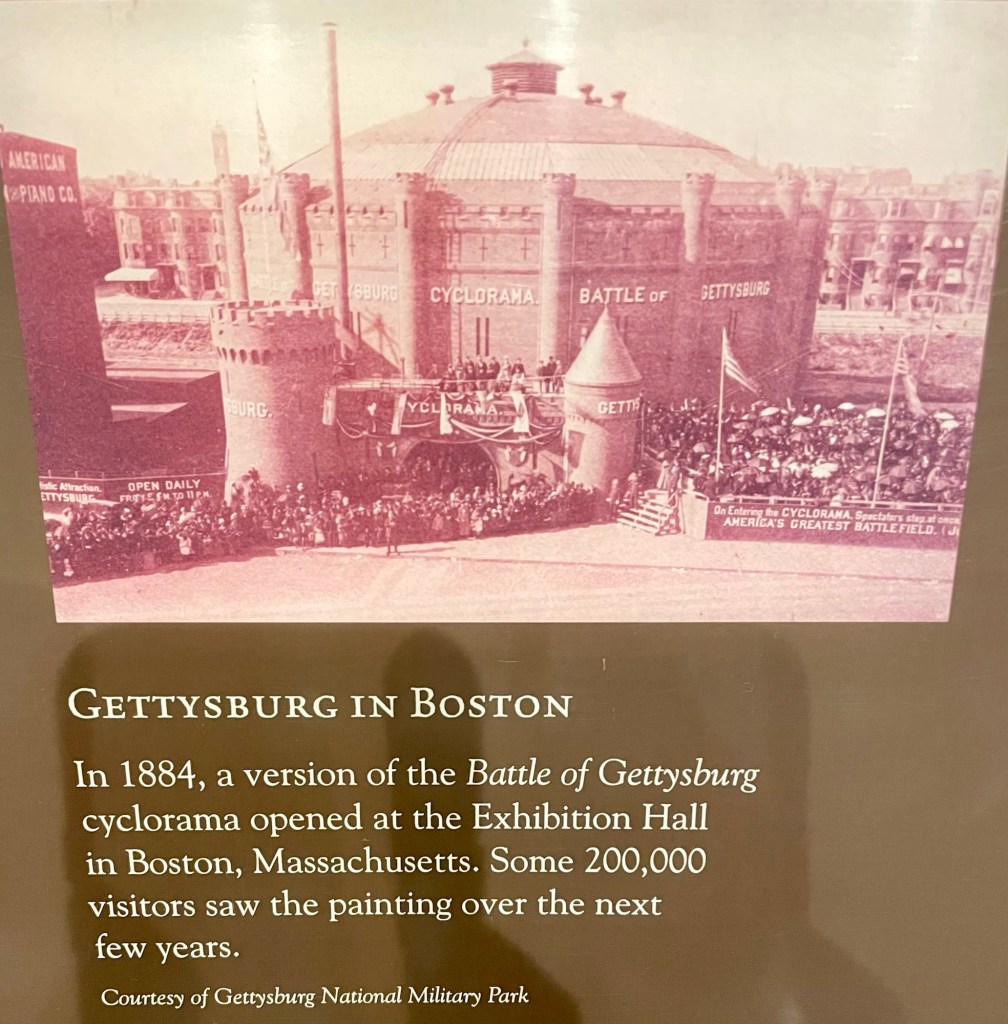
Dating back to 1787, cycloramas (also called panoramas) were designed as immersive experiences. Visitors stood in the center: lights were lowered, light effects and sometimes music were used to bring the scene to life. Many had accompanying dioramas that brought the action into the foreground to increase their realism.

The cyclorama at Gettysburg illustrates Pickett’s Charge, the “high water-mark of the confederacy” and a turning point in the Civil War. Originally exhibited in Boston (where the original cyclorama building still stands), it was painted by French artist Paul Philippoteaux in 1884. This version is actually a copy of his 1882 original which was first displayed in Chicago. Before beginning painting, Philippoteaux did extensive research on the battle and spent several weeks sketching and photographing at Gettysburg. He included himself in the painting:
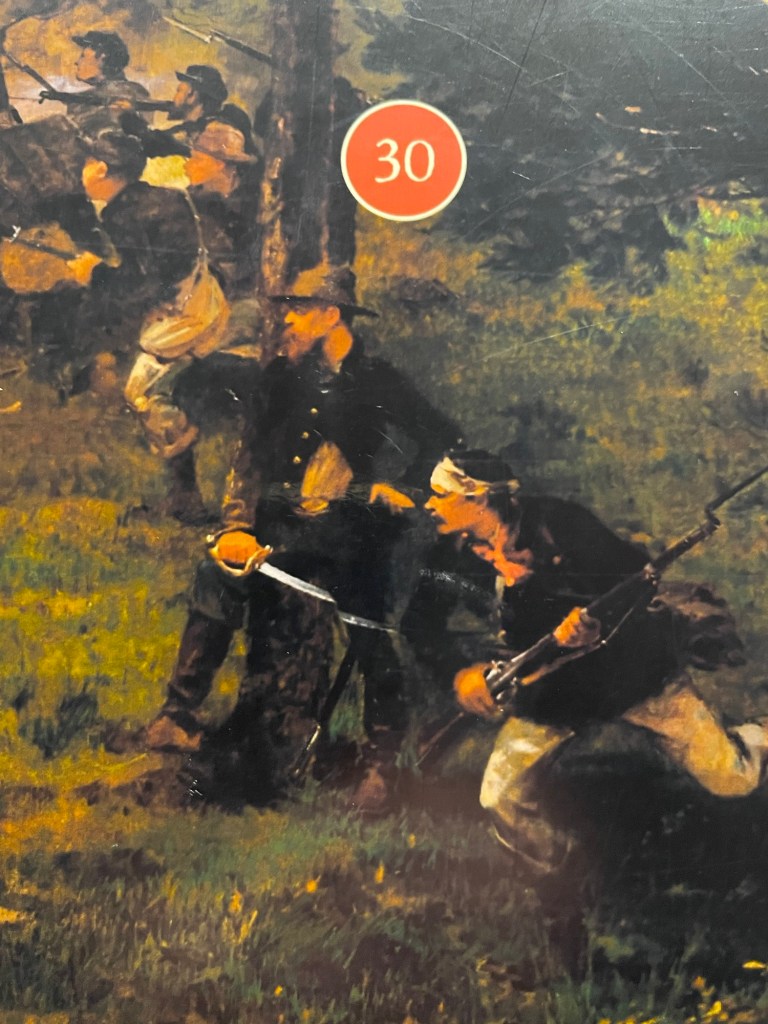
Today, it’s been extensively restored and is exhibited at the park’s visitor center.
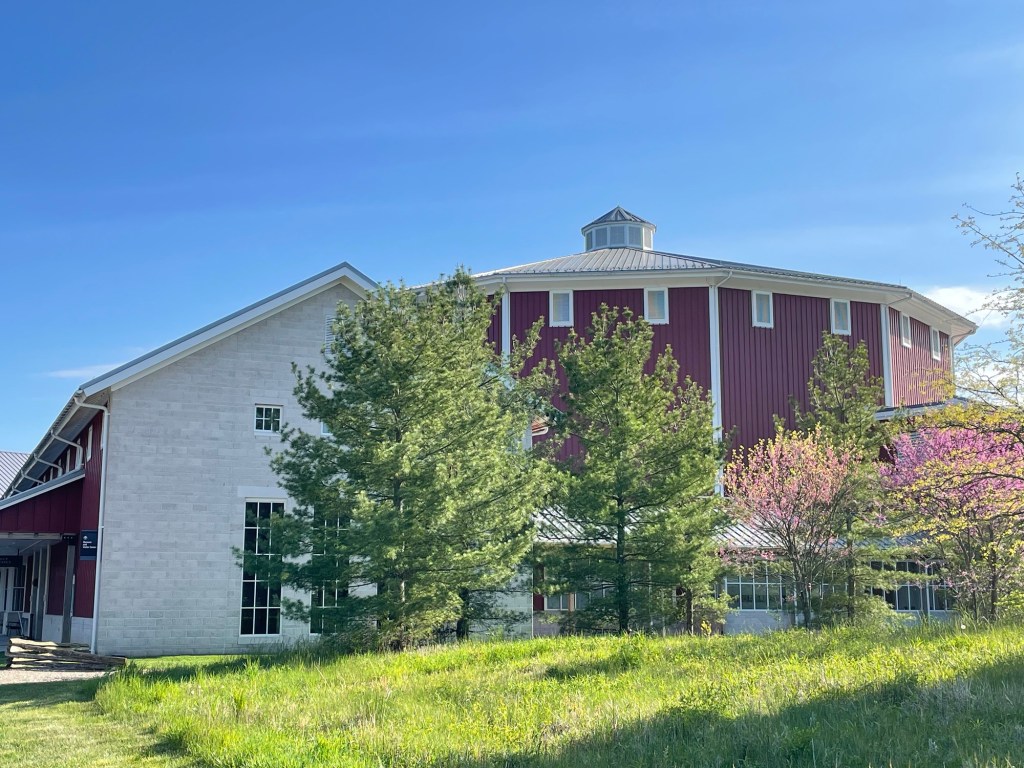
A recorded track tells the story of the battle beginning at daybreak on July 3, 1863. The scene gradually lightens, explosions burst, and the audience is surrounded by the battle.
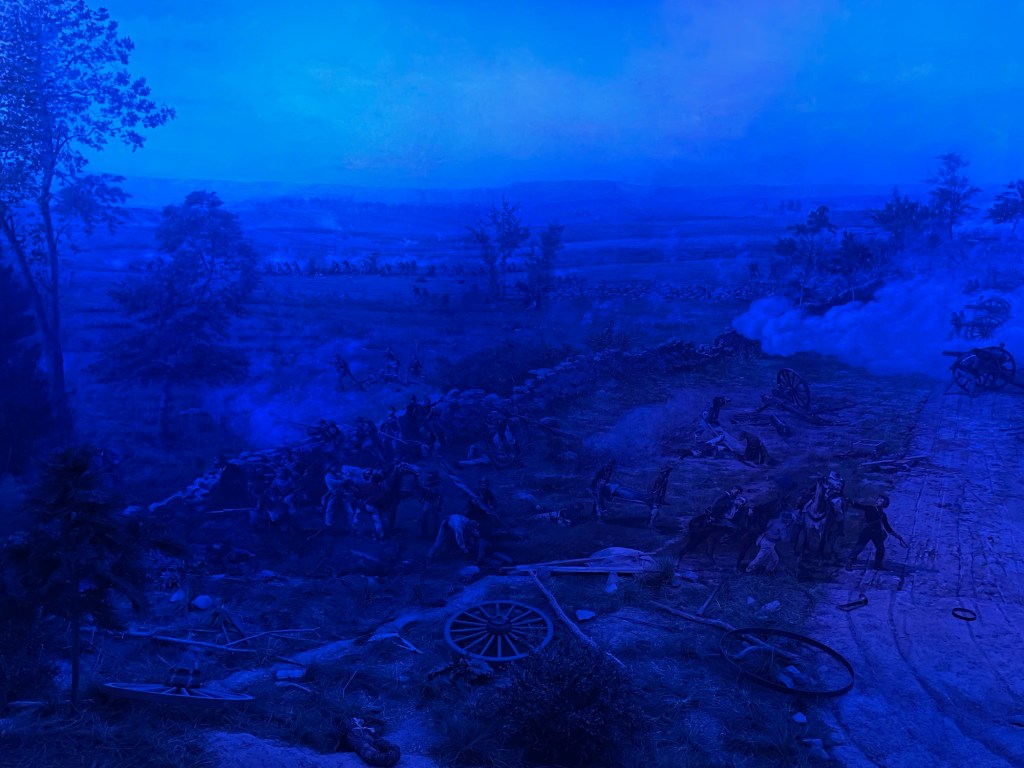
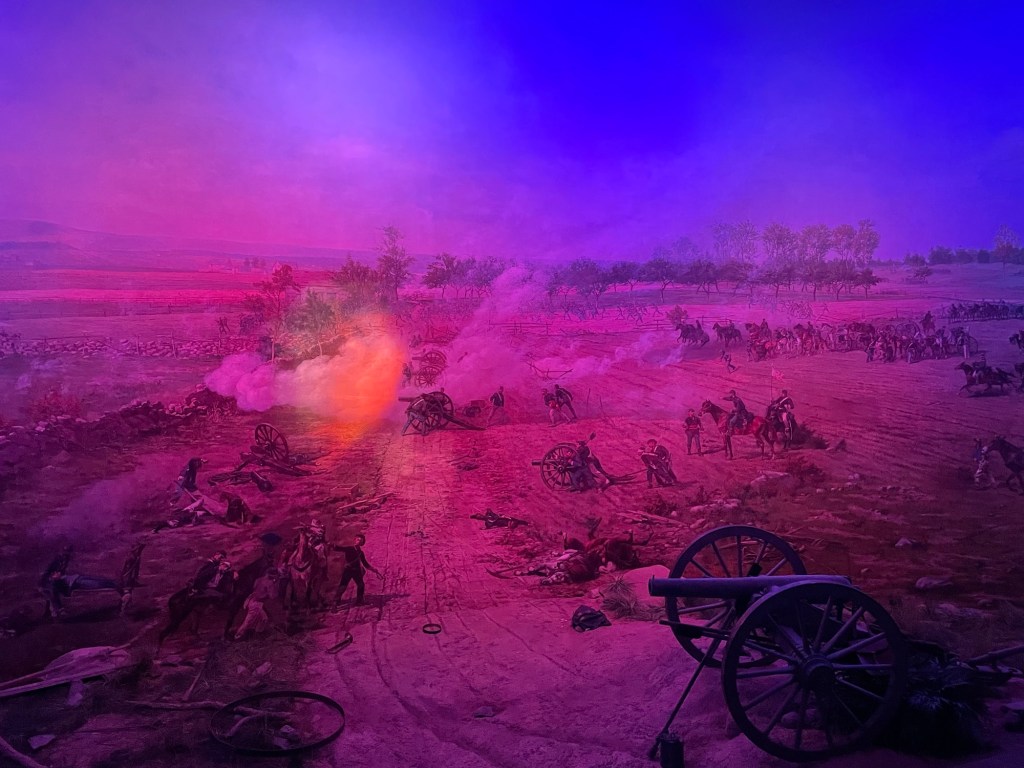
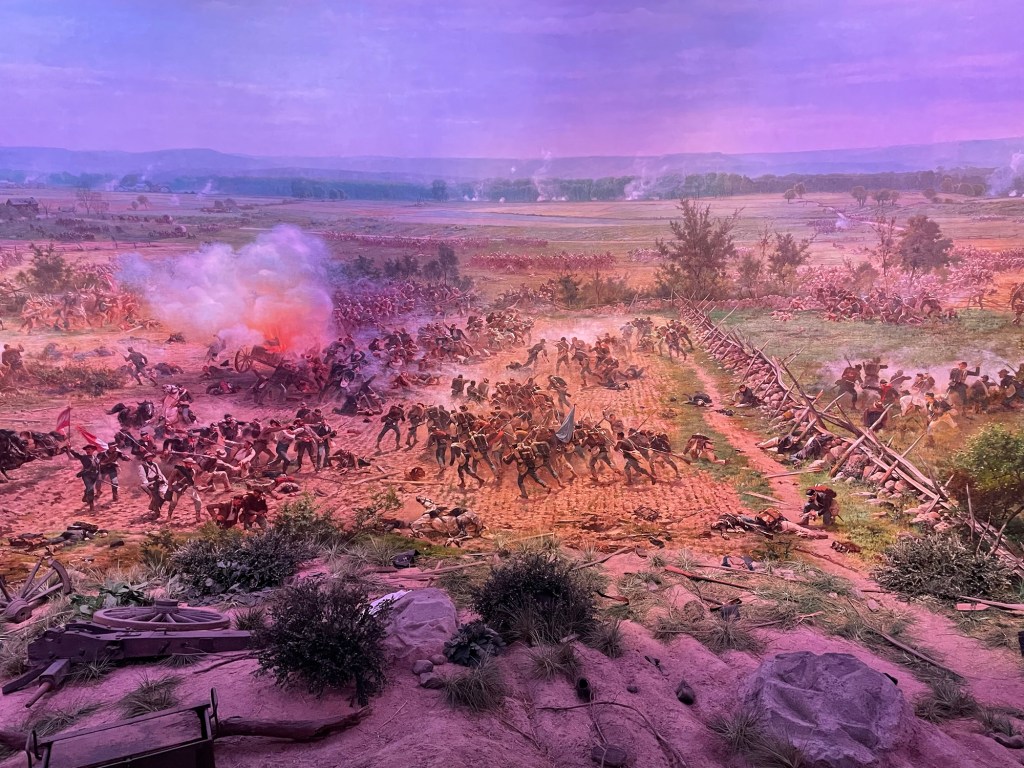
An older panorama can be found at the Metropolitan Museum in New York. Painted in 1818-19, this view of Versailles has no 3D elements, but is a large scale painting in the round designed to immerse the viewer in the royal gardens. The painter, John Vanderlyn, constructed a building behind NY City Hall to house the panorama, which was the city’s first purpose built art museum. After a period as an art museum, court house and post office, the building was demolished in 1870. The panorama itself traveled all over the country, before being cut up and left in a barn in Kingston, NY. In 1952 it was offered to the Met, restored, and installed in the new American Wing in 1980. Like the Gettysburg painting, the artist included himself in the painting (he’s the one behind the bush pointing out the bigwigs to a friend), along with French King Louis XVIII, Czar Alexander I, and King Frederick William II of Prussia.
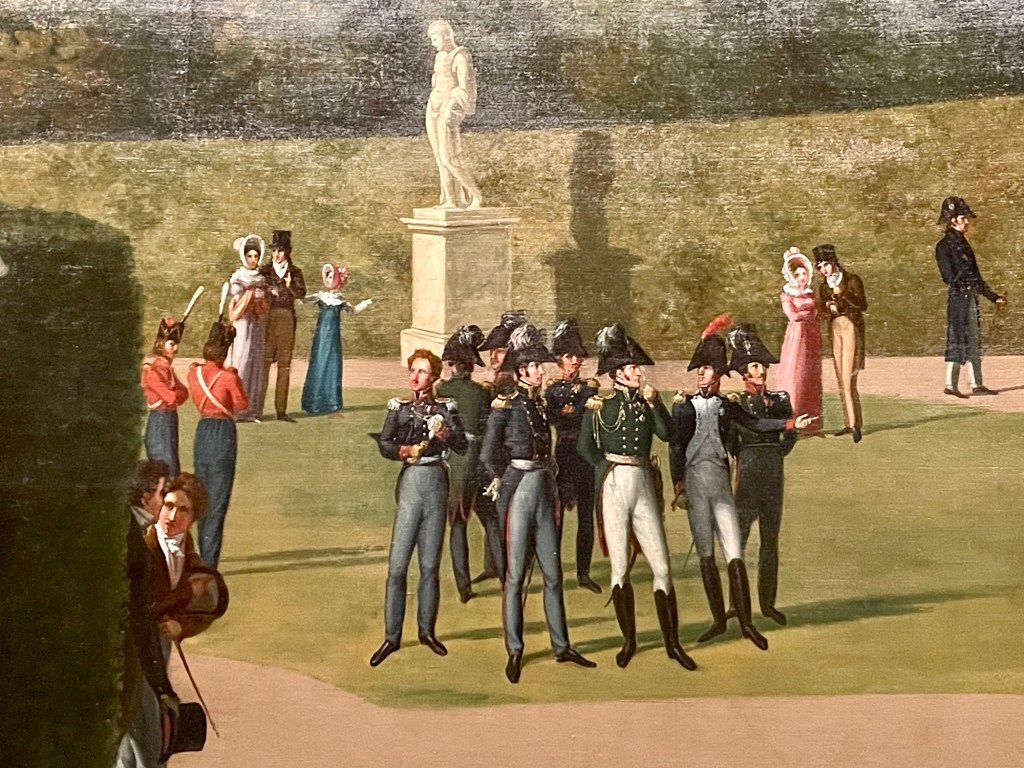



If you want to see the battlefield in person, you’ve got lots of options: by car, walking, Segway, even hiring a licensed guide to accompany you in your personal car. However, the most unique way is by horseback, riding along many of the same trails used by troops in 1863 (Gettysburg: IMAX, Victorian Style).
